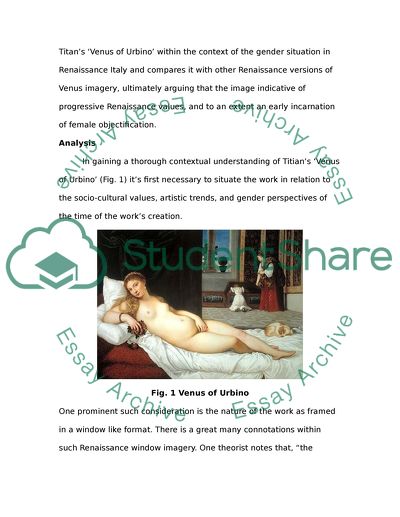Cite this document
(“Titian's Venus of Urbino Essay Example | Topics and Well Written Essays - 1500 words”, n.d.)
Retrieved de https://studentshare.org/visual-arts-film-studies/1437893-titian-s-venus-of-urbino-see-attached-pdf-with
Retrieved de https://studentshare.org/visual-arts-film-studies/1437893-titian-s-venus-of-urbino-see-attached-pdf-with
(Titian'S Venus of Urbino Essay Example | Topics and Well Written Essays - 1500 Words)
https://studentshare.org/visual-arts-film-studies/1437893-titian-s-venus-of-urbino-see-attached-pdf-with.
https://studentshare.org/visual-arts-film-studies/1437893-titian-s-venus-of-urbino-see-attached-pdf-with.
“Titian'S Venus of Urbino Essay Example | Topics and Well Written Essays - 1500 Words”, n.d. https://studentshare.org/visual-arts-film-studies/1437893-titian-s-venus-of-urbino-see-attached-pdf-with.


